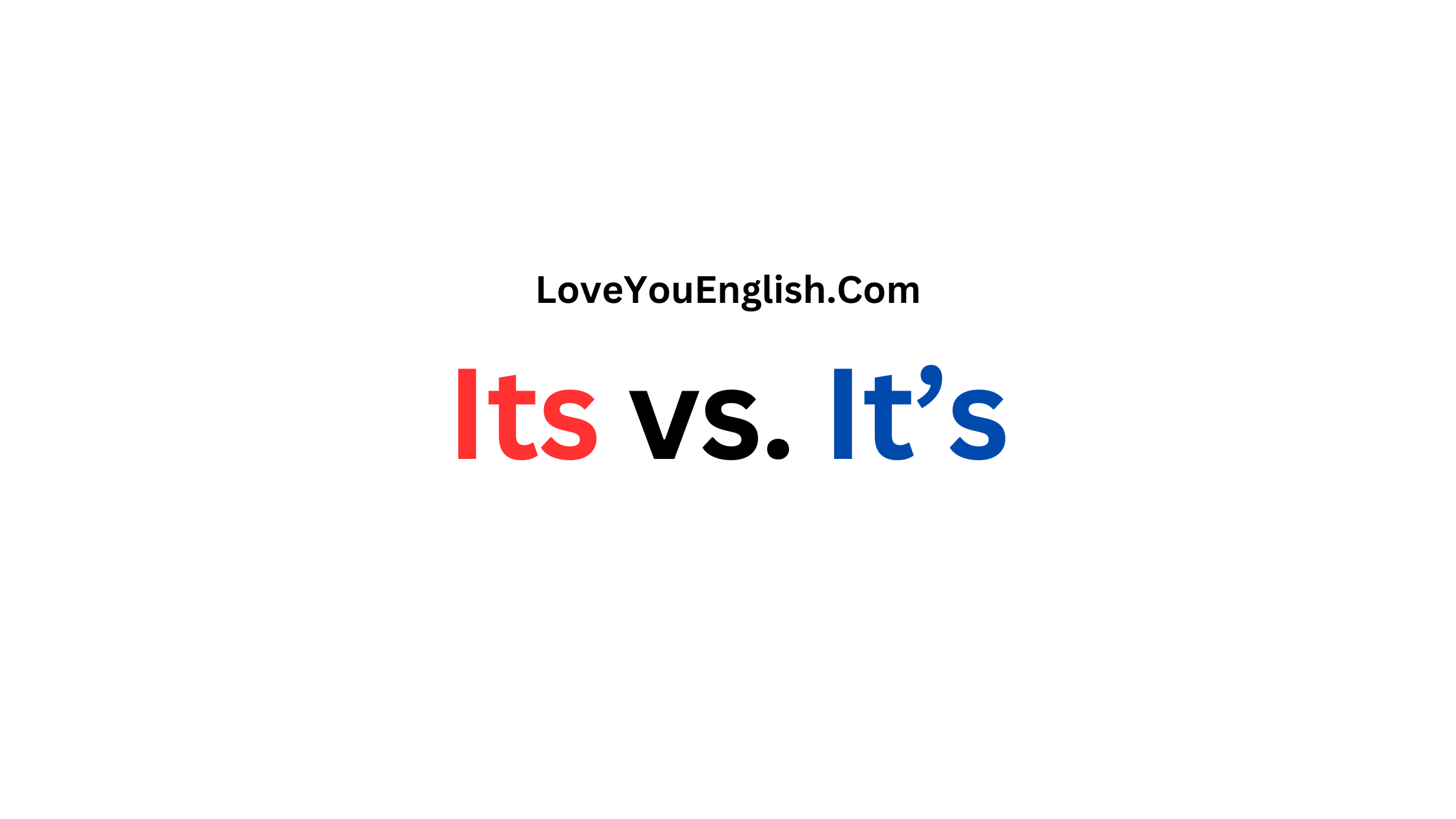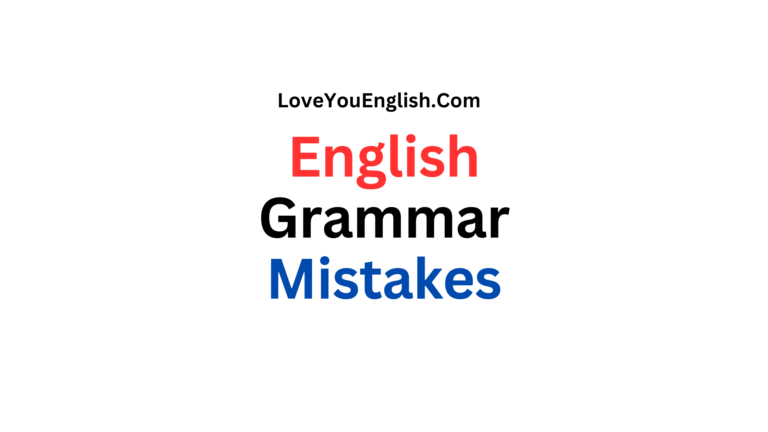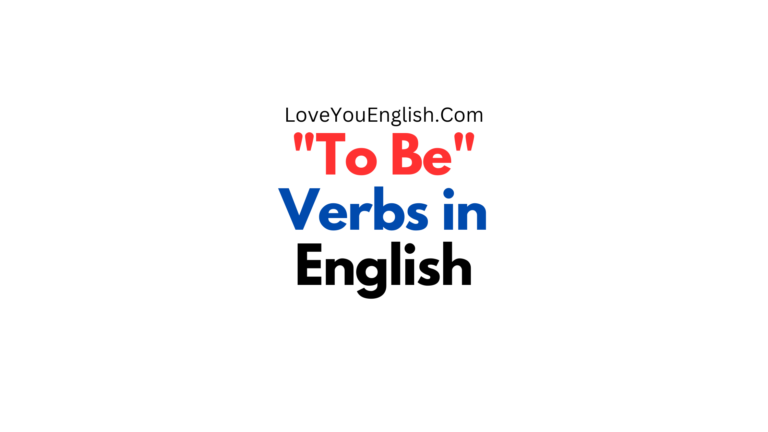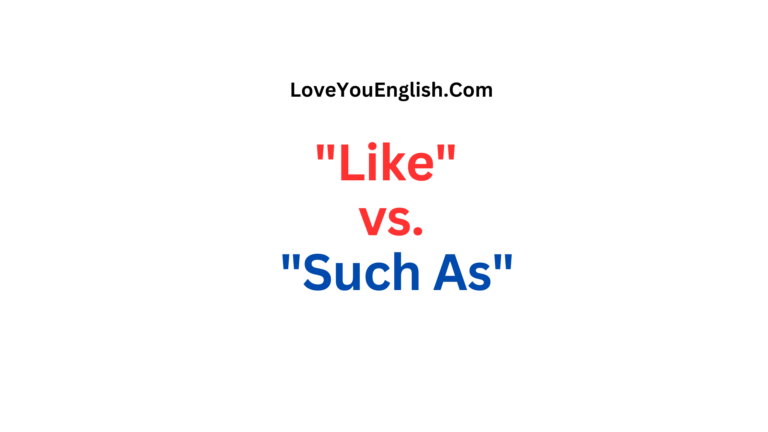Its vs. It’s: Learn the Difference
Its vs. It’s: Learn the Difference
When you’re writing in English, you might come across many confusing grammar rules and tricky words.
One of the most common confusions is the difference between “its” and “it’s.”
These two words might look similar, but they have very different meanings and uses.
In this post, I’ll break down the differences between “its” and “it’s” in a way that’s easy to understand.
We’ll look at definitions, examples, and some simple tips to help you get it right every time.
What is “Its”?
“Its” is a possessive pronoun.
This means it shows that something belongs to or is related to a noun.
Think of “its” as a word that helps you talk about something that belongs to or is associated with something else, but without using a specific name.
Examples of “Its” in Sentences
- The cat chased its tail.
- The company is known for its excellent customer service.
- Here, “its” refers to the excellent customer service that belongs to the company.
- The dog wagged its tail when it saw its owner.
How to Remember “Its”
A good way to remember “its” is to think about possession. “Its” is like saying “belonging to it.” If you can replace “its” with “his” or “her” and it still makes sense, then “its” is the right choice.
For example:
- The bird built its nest.
- Just like “his” or “her” nest, “its” shows that the nest belongs to the bird.
More cool topics:
- Past Continuous Tense: How and When to Use It
- Question Words in English and How to Use Them
- English Grammar: How to Use the Verb “Suggest”
- Quantifiers in English and How to Use Them
What is “It’s”?
“It’s” is a contraction of two words: “it is” or “it has.”
A contraction is a shorter way of writing or saying two words as one.
You use “it’s” when you want to shorten “it is” or “it has.”
Examples of “It’s” in Sentences
- It’s a beautiful day outside.
- Here, “it’s” is a contraction for “it is”. The sentence means “It is a beautiful day outside.”
- It’s been a long time since we last met.
- It’s important to study for your exams.
How to Remember “It’s”
A simple way to remember “it’s” is to check if you can replace it with “it is” or “it has.”
If the sentence still makes sense, “it’s” is the correct choice.
For example:
- It’s raining outside.
Quick Comparison Table
| Word | Type | Meaning | Example |
|---|---|---|---|
| Its | Possessive Pronoun | Belonging to it | The dog chased its tail. |
| It’s | Contraction | Short for “it is” or “it has” | It’s going to be a great day! |
Common Mistakes to Avoid
Mistake 1: Confusing “Its” with “It’s”
Wrong: The cat licked it’s paw.
Right: The cat licked its paw.
Mistake 2: Using “It’s” When You Mean Possession
Wrong: The dog wagged it’s tail.
Right: The dog wagged its tail.
Mistake 3: Using “Its” When You Mean “It is” or “It has”
Wrong: Its raining outside.
Right: It’s raining outside.
Practice Exercises
Let’s do a few practice exercises to help you master the difference between “its” and “it’s.”
Exercise 1: Fill in the Blanks
- ___ (It’s/Its) a lovely day for a walk.
- The team is known for ___ (it’s/its) dedication.
- ___ (Its/It’s) time to start your homework.
- The cat chased ___ (it’s/its) toy.
- I hope ___ (its/it’s) not too late to call her.
Answers
- It’s
- its
- It’s
- its
- it’s
Tips for Using “Its” and “It’s” Correctly
Ask Yourself What You Mean:
-
- If you’re talking about something belonging to something else, use “its.”
- If you’re shortening “it is” or “it has,” use “it’s.”
Look for “Is” or “Has”:
-
- If you see “is” or “has” in your sentence, “it’s” is the right choice. If not, use “its.”
Read Your Sentence Out Loud:
-
- Sometimes, reading the sentence out loud helps. If “it is” or “it has” fits, then use “it’s.” If you’re showing possession, use “its.”
Check for Contractions:
-
- Remember, “it’s” is always a contraction. If it’s not replacing “it is” or “it has,” then it should be “its.”
Conclusion
Understanding the difference between “its” and “it’s” can make your writing clearer and more accurate.
Remember, “its” shows possession, while “it’s” is a contraction for “it is” or “it has.”
With these tips and examples, you can now confidently choose the right word in your writing.
Keep practicing, and soon it will become second nature to use “its” and “it’s” correctly. Happy writing!







